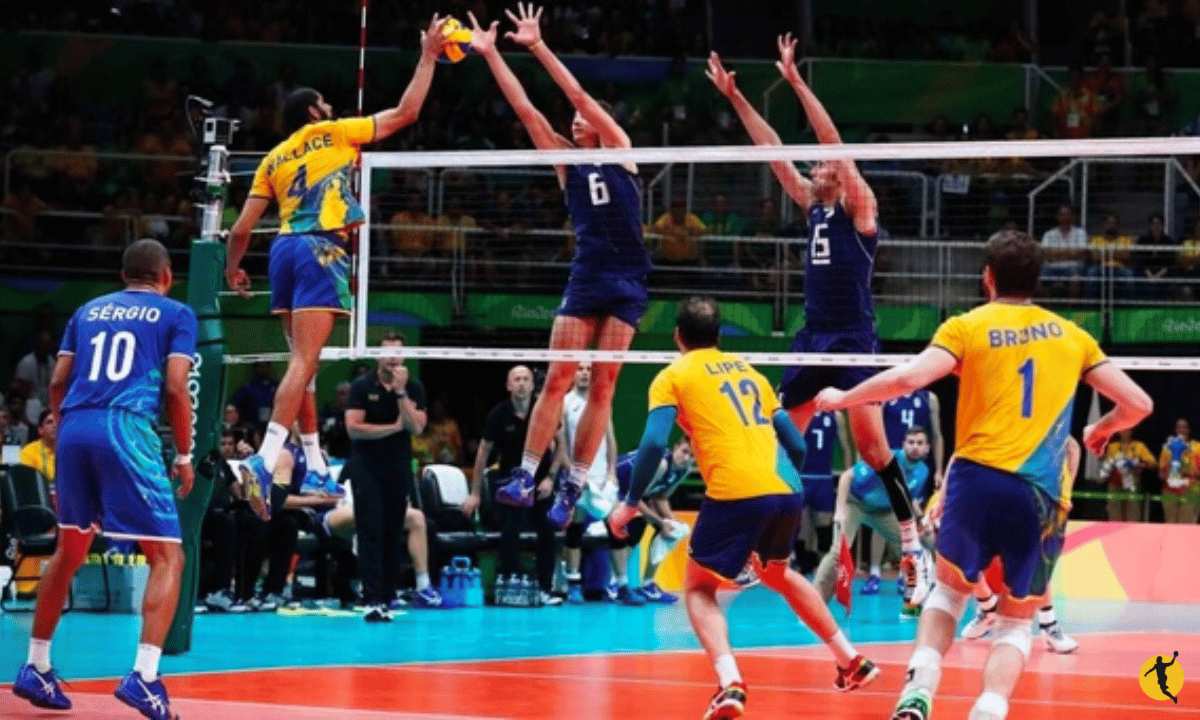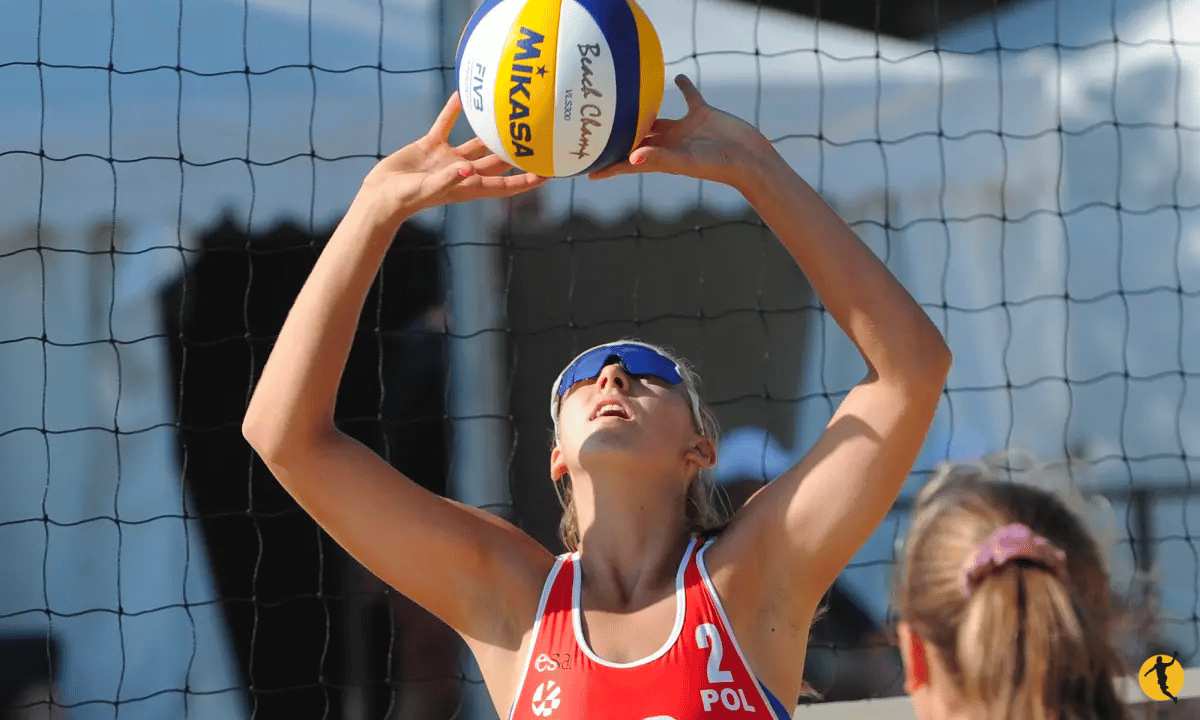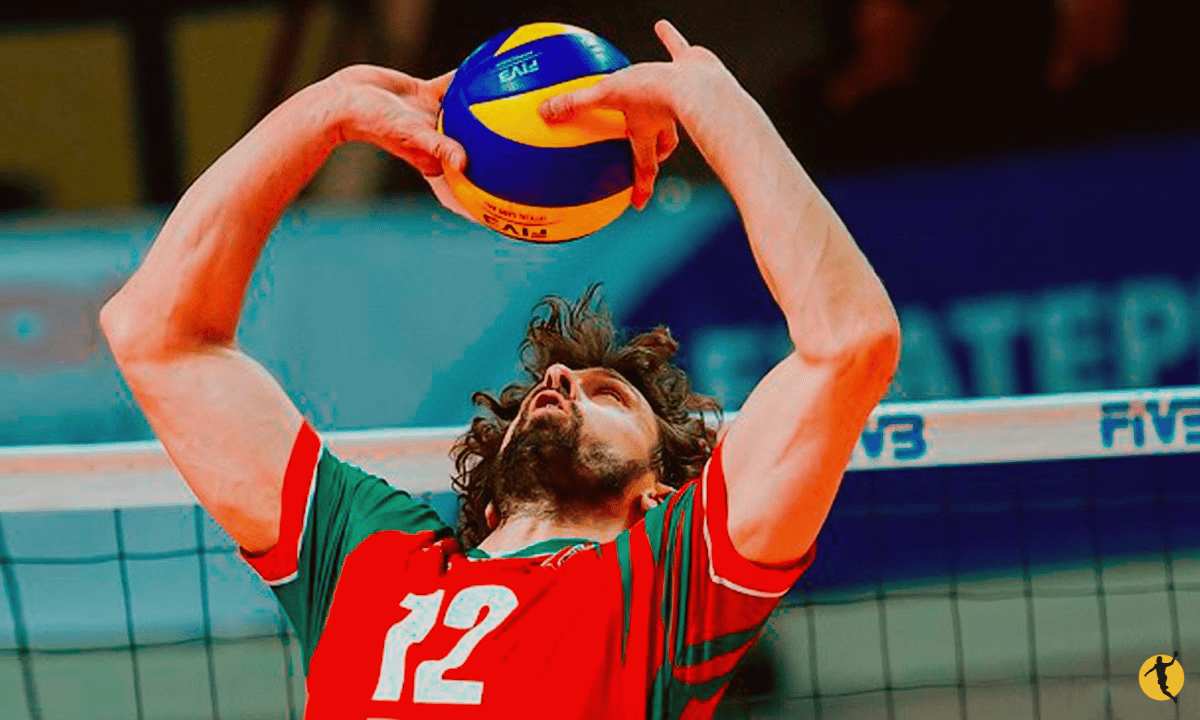As a seasoned volleyball player, I’ve witnessed firsthand the thrill and challenges that come with each set in a volleyball game. A set is more than just a part of the game; it’s a unique battle, a mini-match that can ignite or extinguish momentum.
Often, fans and volleyball newcomers need clarification on sets’ structure, unsure of how many sets are played, the points required to win a set, or why the last set might be played to different points. The rules can vary even at different competition levels, from high school to professional leagues, leading to further confusion.
In the following paragraphs, I will break down the concept of sets in volleyball, explaining how they work and why they’re so vital. Whether you’re new to volleyball or looking to deepen your understanding, Discover the world of sets, the cornerstone of the game that makes every match gripping.
What Are Sets in a Volleyball Game?
Sets in a volleyball game are a way of dividing the match into smaller parts. Similar to innings in baseball, sets ensure that games don’t last too long and can be completed within an allotted time frame. Typically, a volleyball set is played to 25 points, though the specific volleyball rules can vary depending on the level of competition.
Dividing a match into sets adds strategic depth and excitement to the volleyball game. Teams must focus on winning individual points and strategize how to win the required number of sets to secure the match. This structure keeps players and fans engaged as winning the set becomes a crucial part of the larger battle.
Moreover, the number of sets in a volleyball match can range from 3 sets to 5, depending on the level and league. Whether it’s a high school, college, or professional game, sets bring a distinctive rhythm and pace, often leading to nail-biting finishes and unforgettable moments on the court. This unique feature turns every volleyball game into a multifaceted contest, where tactical planning and sheer willpower can make a difference.
How Many Sets Are in a Volleyball Match?

Understanding the number of sets in a volleyball match is more than just a one-size-fits-all answer, as it varies with the competition level. Whether it’s the vitality of middle school games or the intensity of professional leagues, each stage has its unique structure. Let’s delve into these levels to grasp the concept of sets more profoundly:
Middle School
In middle school volleyball, there’s often flexibility in the number of sets played, as the primary focus is on learning and enjoyment. There might not be specific guidelines for the number of sets, but matches are usually kept short to encourage participation and fun. Coaches and organizers might decide on the number of sets to best suit the players’ skill levels and the game’s overall goals at this stage.
High School
High school volleyball usually consists of three or four sets. The structure promotes competitiveness while still fostering skill development. Winning a best-of-three or best-of-five sets match means teams must strategize and adapt quickly. It adds an exciting layer to the games and helps prepare players for more advanced levels of play where the stakes are higher.
College
The competition heats up in college volleyball, and the number of sets often extends to three or five. The variance depends on the specific rules of the league or conference. Playing more sets at this level enables more extended rallies and intense competition, reflecting the players’ enhanced skills and the importance of tactics, stamina, and mental resilience.
Professional
Professional volleyball takes the game to its pinnacle, and matches are typically played in three to five sets, depending on the league and level of competition. Every set in a professional match showcases skill, strategy, and determination. The varying number of sets keeps players and spectators on the edge of their seats as teams battle for supremacy in the volleyball world, where every point, set, and match counts.
Indoor and Beach Volleyball

Indoor Volleyball
In indoor volleyball, the number of sets played can vary, generally following one of two formats:
- Best-of-three format: Most indoor volleyball matches follow this structure. The first team to win two sets out of three is declared the winner. Each set is played until one team scores 25 points, with a potential tiebreaking fifth set played to 15 points if needed.
- Best-of-five format: In higher levels of competition, matches might be played in a best-of-five format. The first team to win 3 out of 5 sets is declared the winner. The first four sets go to 25 points each, and a final set, if necessary, is played to 15 points.
Beach Volleyball
Beach volleyball follows a different format:
- Best-of-three format: Beach volleyball matches are typically played in this format. The winner is the first team to win two out of three sets. Each set goes to 21 points; if a third tiebreaker set is necessary, it’s played to 15 points.
These formats structure the matches, providing different strategies and excitement depending on the type of volleyball being played. Whether in an indoor arena or on a sandy beach, the sets provide a framework for a thrilling competition.
Also, Read: What Is an Ace in Volleyball?
Points in a Volleyball Set
A volleyball set is typically played to 25 points, requiring one team to reach this threshold and lead by at least two points to secure the set. This rule adds a competitive twist, ensuring both teams have a fair shot at victory.
The 25-point rule applies across various levels, from high school to professional matches. However, variations can occur depending on the competition or specific rules of a tournament. For example, in some games, the last set might be played to only 15 points. This change in points for the final set can make the concluding part of the match even more thrilling and unpredictable.
Furthermore, the requirement to win by a two-point margin often leads to extended sets where teams surpass the 25-point mark, battling point by point. These intense rallies are where legends are made, and memories are forged as teams dig deep to outwit and outplay their opponents.
Structuring points within a set is more than just a rule; it catalyzes strategy, skill, and sportsmanship. Whether you’re a player, coach, or fan, understanding points in a volleyball set offers a deeper appreciation of the game’s dynamics and what it takes to triumph on the court.
Also, Read: When Do You Rotate in Volleyball
How Many Sets Are Required to Win a Volleyball Game?

Winning in volleyball isn’t just about scoring points; it’s about securing sets. This fundamental structure of the game can vary, leading to intense rivalries and nail-biting finishes. Let’s explore what it takes to win the match and how the last set might have its unique twist:
Winning a volleyball match typically requires a team to win the majority of sets. That means a game is won when a team wins the majority of the sets, as simple as that! In most games, this means winning three out of five sets or two out of three, depending on the specific rules and the level of competition. This “best of” structure adds to the drama, as each set becomes a crucial battle within the larger war.
Also, Read: Can You Wear Basketball Shoes for Volleyball?
Is the Last Set-in Volleyball to 15?
In some volleyball matches, the last set is played to a unique score of 15 points instead of the standard 25. This rule often applies in best-of-five-set matches, where the deciding set becomes a rapid, intense contest.
The shorter last set increases the urgency and excitement, as first teams must act quickly to gain an edge. It adds an extra layer of strategy, as every single point becomes vital. Coaches and players must adapt their tactics, knowing there’s less room for error.
This rule for the final set adds to the game’s intrigue, keeping fans and players engaged until the last point. Whether it’s a championship final or a friendly match, the last set played to 15 can be the crowning glory or the heartbreaking defeat, epitomizing the thrill of the volleyball game.
Also, Read: How Many Players Are on a Volleyball Court?
Conclusion
In the dynamic game of volleyball, sets are the building blocks that structure each match, adding complexity and excitement. From playing sets to 25 points across various levels of competition to the gripping final set played to 15, these rules shape the game’s intensity.
Winning a match requires understanding the unique number of sets in different levels, like middle school, high school, college, and professional leagues. Each stage has its peculiarities, and embracing them can be key to victory.
Knowing the rules of sets is essential in a sport where every point can change the tide. Whether you’re a seasoned player, a budding athlete, or a passionate fan, the sets in volleyball offer a rich layer of strategy and drama, making every game a thrilling spectacle to behold.
FAQS:
What Is the Number of Points in a Volleyball Set?
A standard volleyball set is played to 25 points, but the winning team must lead by at least two points. In some instances, such as the final set of a best-of-five match, it might be played to 15 points.
How Many Times Can You Set In Volleyball?
In volleyball, there’s no specific limit to how many times a team can set the ball within a rally. The setting is a vital part of the game, and players utilize it strategically to maintain control and set up attacking opportunities.
How Many Sets Are in Volleyball and Time?
The number of sets in a volleyball match can vary, typically from three to five sets, depending on the level of competition. The time required to play a match can also differ significantly, influenced by the number of sets played, the intensity of the game, and the specific rules of the competition. It could range from an hour to several hours for highly competitive matches.

